We may earn money or products from the companies mentioned in this post. This means if you click on the link and purchase the item, I will receive a small commission at no extra cost to you ... you're just helping re-supply our family's travel fund.
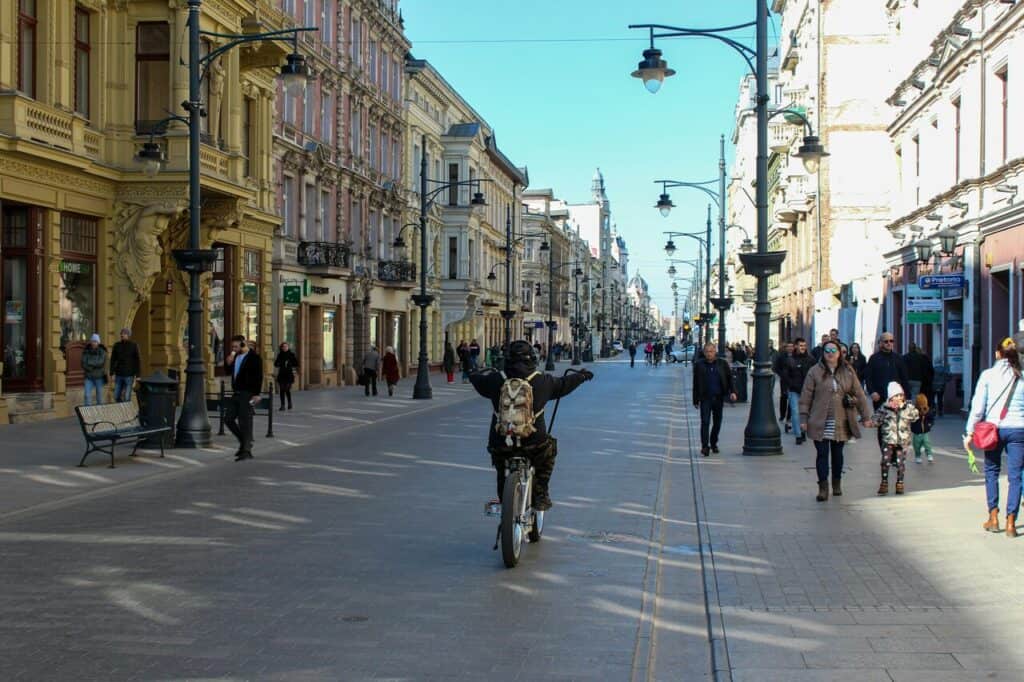
Every traveler knows the disappointment of showing up somewhere that looked magical online but feels more like an overhyped photo op. Tourist traps promise authentic experiences yet deliver inflated prices, crowds, and staged charm.
The truth is, avoiding them isn’t about being cynical; it’s about being strategic. With a few sharp observations and smart online sleuthing, you can spot a trap before you even pack your bag.
Here’s the thing: the difference between a tourist and a traveler isn’t the miles they coverit’s; how they choose where to go. Let’s break down how to find those real, rewarding places in ten minutes or less.
1. Learn to Decode the “Tourist Trap” Tells
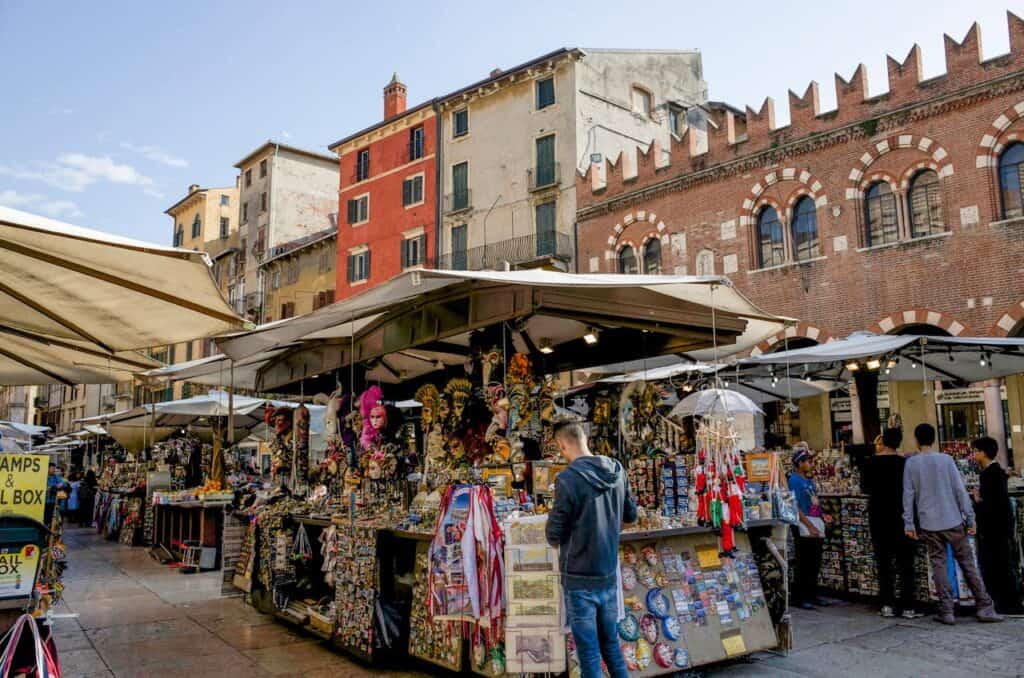
Most tourist traps follow a pattern: they rely on buzz, not quality. Once you recognize the signs, you can sidestep them easily. Think of it like tuning your instincts before you hit the ground.
Check for Overcrowded Review Patterns
If every review says “must-see,” but few mention actual details about the experience, that’s a red flag. Genuine spots get nuanced feedback—what dishes stood out, what moments felt special. When posts sound copy-pasted, it often means mass tourism has taken over.
Look at the Locals
Pay attention to who’s there. If locals avoid a place or only work there, not hang out there, that’s your cue to move on. Authentic spots always have a mix—tourists discovering, locals relaxing, and regulars chatting with staff.
Follow the Flow of Money
When a neighborhood has more souvenir stands than grocery stores, it’s a clear sign it caters to visitors, not residents. The charm of a place fades fast when commerce overshadows community.
2. Use Technology to Outsmart the Obvious
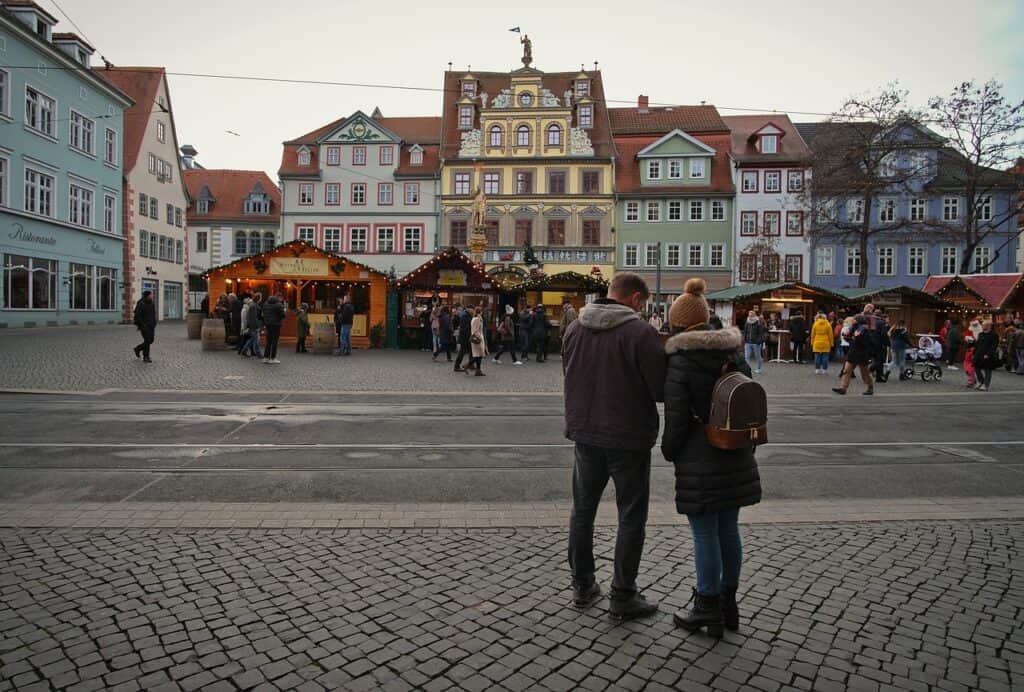
You can uncover authentic alternatives in minutes with the right tools. It’s not about skipping research; it’s about doing it smarter.
Use Map Layers Like a Local
Switch your map app to satellite or street view. Look for where locals live, not just where attractions cluster. Small cafes, family-run shops, and non-chain bakeries are strong indicators of genuine neighborhoods worth exploring.
Search in Local Language
When you search in English, you get results optimized for tourists. Try using translation tools to search key phrases in the local language like “best lunch near me” or “hidden spots” and watch how the map changes.
Track Real-Time Popularity
Apps like Google Maps show how crowded a location is at any given moment. If a site peaks all day, skip it and head for quieter times or nearby alternatives that locals frequent instead.
3.Follow Human Clues, Not Just Algorithms
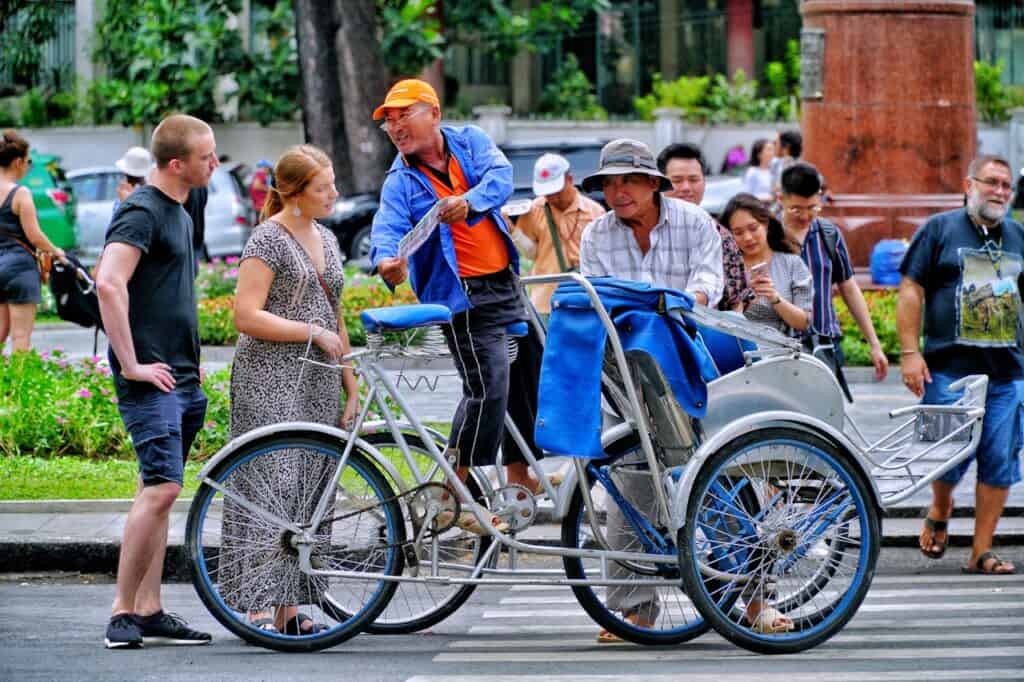
The internet’s convenient, but it still takes human intuition to find what’s real. The best travel moments often come from small decisions and quick conversations, not a viral listicle.
Ask, Don’t Assume
Ask hotel staff or rideshare drivers where they eat or hang out on their day off. People living in the area usually avoid tourist-heavy spots and can point you to the places they actually enjoy.
Observe, Don’t Just Arrive
When you reach a new neighborhood, walk for ten minutes before settling in anywhere. Notice where lines form, what languages you hear, and whether people seem relaxed or hurried. Authentic spots feel lived in, not staged.
Join, Don’t Just Visit
If there’s a community market, local concert, or public park event, join in. These spaces reveal how a place moves when it’s not performing for outsiders and that’s the real travel experience.
4. How to Find Better Alternatives Fast
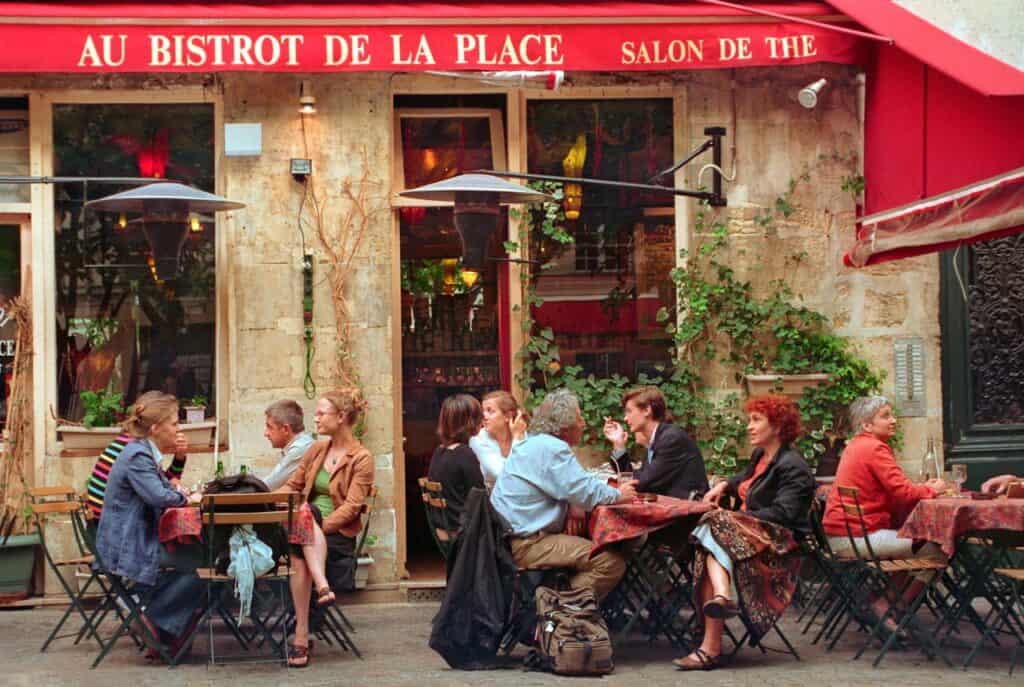
When you suspect a place might be a trap, finding a worthy alternative shouldn’t take more than ten minutes. The trick is knowing where to look and how to think like a local.
Start with the “One Street Over” Rule
If a street is packed with selfie-takers and menus in five languages, walk one block away. Often, you’ll find smaller cafes or quieter shops that serve the same views or flavors without the markups.
Use “Local Favorite” Tags
On review apps, sort by “most popular with locals” instead of “best overall.” Those results usually highlight spots with authenticity, consistency, and fair pricing exactly what tourist traps lack.
Lean on Niche Platforms
Skip big review sites. Use local blogs, subreddits, or even community Facebook groups. Travelers who contribute there aren’t chasing clicks they’re sharing discoveries. That’s where you’ll find honest insight in real time.
Build a Mindset, Not a Checklist
Avoiding tourist traps isn’t about being smarter than other travelers. It’s about being curious, flexible, and willing to see beyond what’s trending.
The more you practice spotting small details the crowd’s energy, the vibe of a street, how people interact the better your instincts get. Eventually, you won’t need lists or apps; you’ll just know when something feels authentic.
What this really means is: travel is about awareness, not avoidance. The goal isn’t to dodge every busy spot but to recognize when a place feels alive for the right reasons.